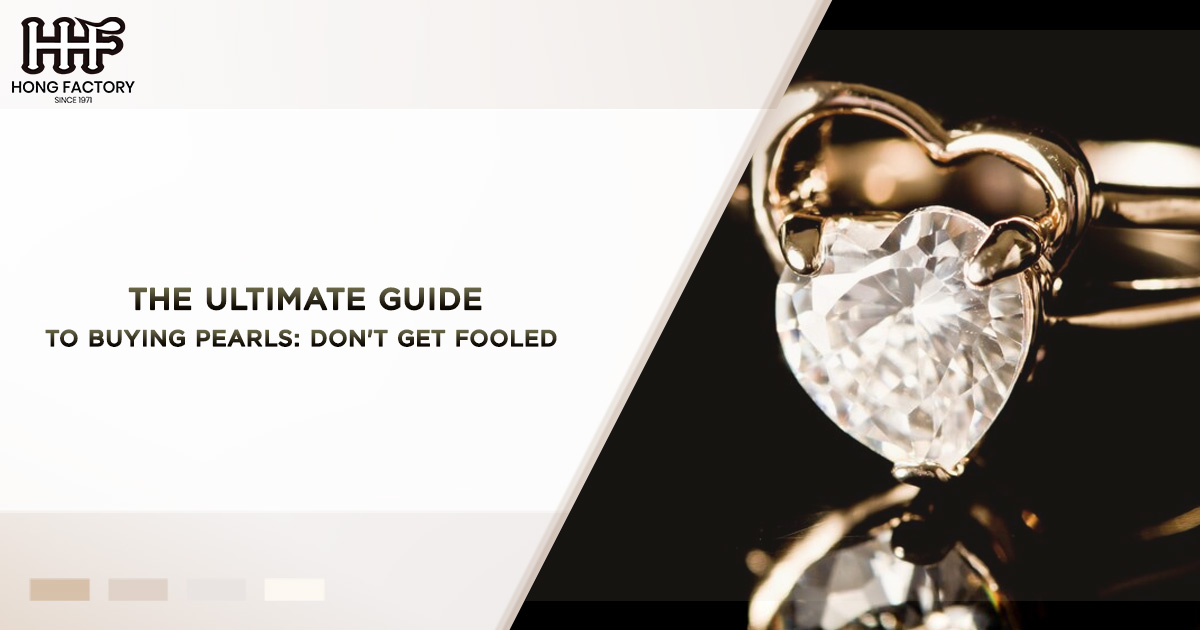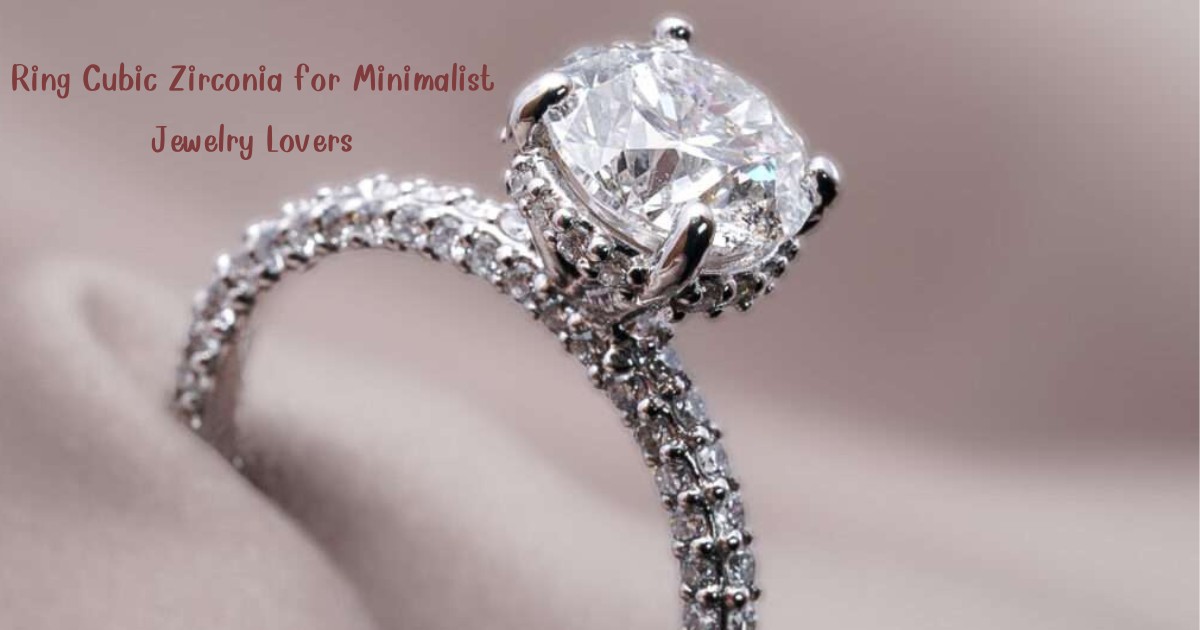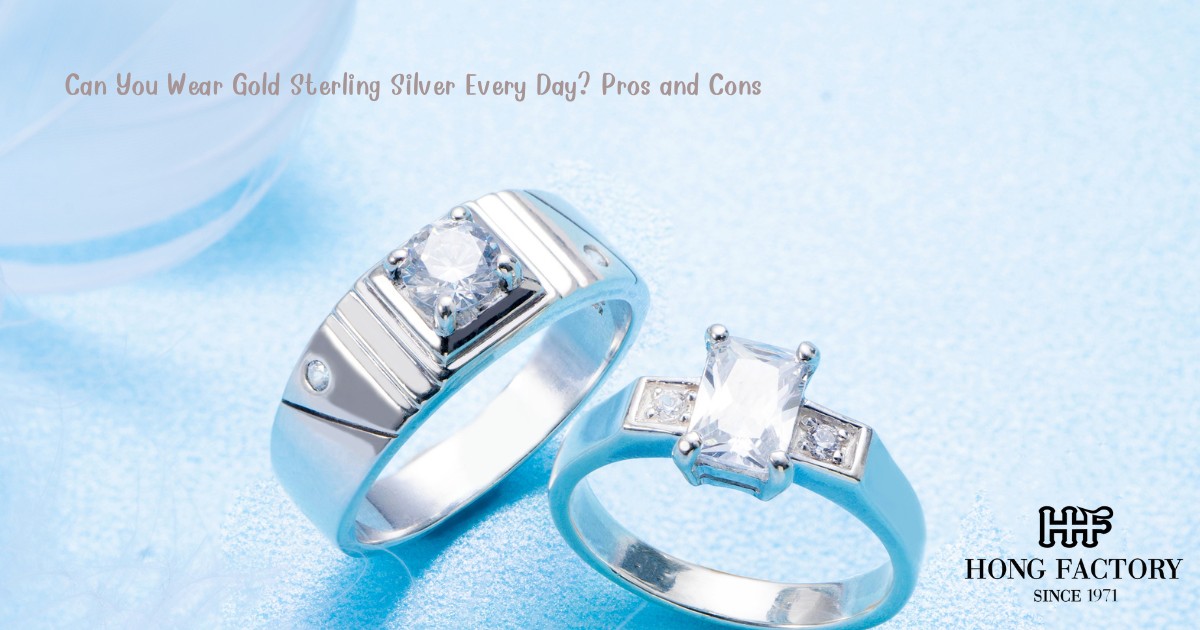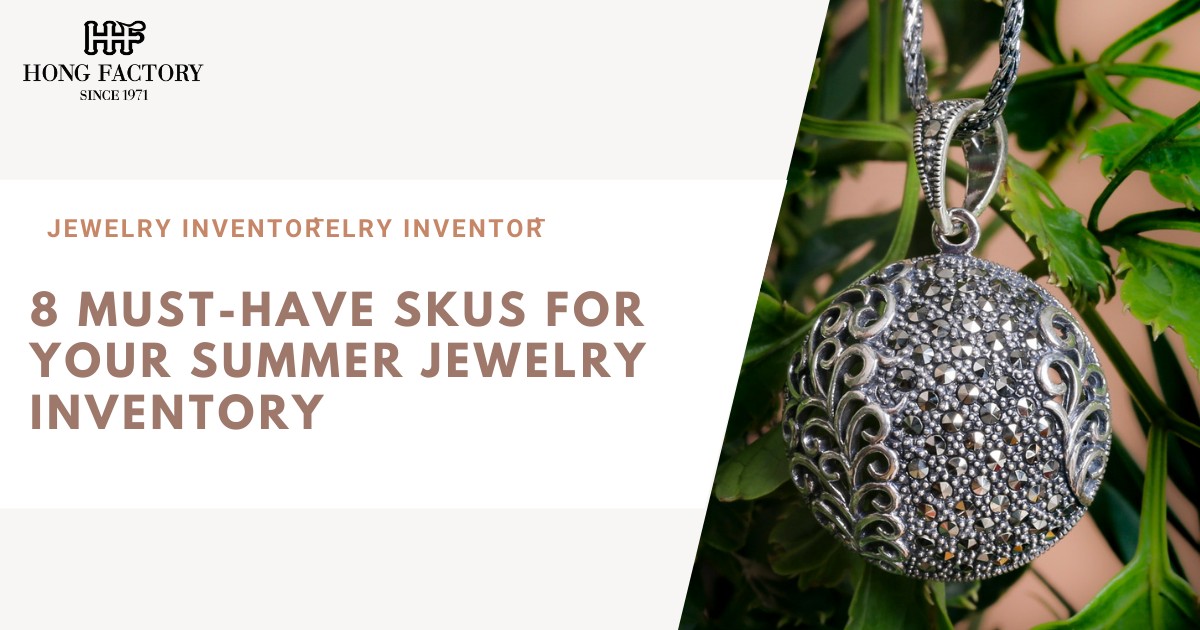Pearls are timeless treasures, celebrated for their natural beauty and elegance. Whether you’re buying pearl jewelry for yourself or as a gift, it’s crucial to know what you’re investing in. With a wide range of options on the market, from stunning natural pearls to expertly crafted cultured varieties, making the right choice can be tricky. This ultimate guide will help you navigate through the essentials of buying pearls, ensuring you don’t get fooled. We’ll cover everything from pearl types and quality factors to authentication tips and price guidelines.
Pearl Varieties – Understanding Pearl Types
When purchasing pearls, the first thing to know is that not all pearls are created equal. There are multiple pearl types, each with unique characteristics, origins, and value. Understanding these differences will help you choose the perfect pearl for your needs.
- Natural Pearls
Natural pearls are formed without human intervention when a mollusk produces nacre around an irritant naturally introduced into its shell. These pearls are extremely rare and expensive, as they’re no longer harvested on a large scale due to overfishing and environmental concerns. If you come across natural pearls, it’s essential to verify their authenticity through a qualified gemologist.
- Cultured Pearls
Cultured pearls are the most common and widely available type of pearls on the market. They are created by deliberately implanting a nucleus into a mollusk, which then produces layers of nacre. Cultured pearls are further classified into:
– Akoya Pearls: Known for their classic round shape, high luster, and white or cream color, Akoya pearls are a favorite for traditional pearl jewelry, such as necklaces and earrings.
– Freshwater Pearls: These pearls are grown in freshwater mussels and come in a variety of sizes, shapes, and colors. They are often more affordable than Akoya pearls but can also be of high quality.
– Tahitian Pearls: Grown in French Polynesia, Tahitian pearls are famous for their exotic dark tones, including black, green, and peacock hues. They are strikingly unique and highly sought after.
– South Sea Pearls: The largest and most luxurious cultured pearls, South Sea pearls are known for their satin luster and rich golden or white tones. They are often considered the pinnacle of pearl quality.
- Imitation Pearls
Imitation pearls are man-made and typically composed of materials like glass or plastic coated with a pearlescent substance. While they can be visually appealing, they lack the natural luster and durability of authentic pearls. These are best suited for costume jewelry but are not a long-term investment.
—
Quality Factors – Evaluating Pearl Quality
Once you’ve decided on the type of pearl you’re interested in, the next step is to assess its quality. Several factors determine the value and allure of a pearl. Familiarizing yourself with these criteria will ensure you’re purchasing high-quality pearl jewelry.
- Luster
Luster is the most crucial factor in determining a pearl’s beauty. It refers to the glow and brilliance of the pearl’s surface. High-quality pearls have a sharp, mirror-like luster that reflects light and surrounding objects clearly. Pearls with dull or chalky surfaces are of lower quality.
- Surface Quality
A pearl’s surface should be as smooth and blemish-free as possible. Natural imperfections like spots, bumps, or ridges can affect the pearl’s value. However, some minor surface flaws are acceptable and can add to the pearl’s character if they don’t compromise its overall beauty.
- Shape
Round pearls are the most prized because of their symmetry and rarity. However, other shapes, such as oval, teardrop, or baroque (irregular shapes), can be equally stunning and are often used in unique, artistic jewelry designs. The choice of shape ultimately depends on personal taste.
- Size
Larger pearls are generally more valuable due to the longer time required for them to grow. While size impacts price, it’s not the sole determinant of quality. A smaller pearl with excellent luster and surface quality can be more desirable than a larger one with flaws.
- Color
Pearls come in a wide array of colors, from classic white and cream to exotic black, gold, and lavender. The pearl’s overtone, or the subtle secondary color that appears on its surface, can also enhance its beauty. Choose a color that complements your skin tone and personal style.
- Nacre Thickness
For cultured pearls, nacre thickness is a critical quality factor. Thick nacre indicates durability and results in better luster. Thin nacre can make pearls prone to chipping or peeling.
Authentication Tips – How to Identify Authentic Pearls

With so many imitation pearls on the market, it’s essential to know how to distinguish authentic pearls from fakes. Here are some practical tips to ensure you’re buying genuine pearl jewelry:
- The Tooth Test
One of the simplest ways to test a pearl’s authenticity is by gently rubbing it against your teeth. Real pearls will feel slightly gritty or textured due to their natural layers of nacre, while imitation pearls will feel smooth or plastic-like.
- Check for Weight
Authentic pearls are denser and heavier than imitation ones. If a pearl feels unusually light, it might be fake.
- Inspect the Drill Hole
In drilled pearls, examine the hole where the string passes through. Genuine pearls usually have sharp edges around the drill hole, while imitation pearls often have rounded or uneven edges due to their coating.
- Consult a Professional
If you’re investing in high-value pearls, it’s worth having them evaluated by a certified gemologist or purchasing from reputable jewelers who provide authenticity certificates. Look for sellers accredited by organizations like the Gemological Institute of America (GIA).
Price Guidelines – What to Expect When Buying Pearls
Pearl prices vary significantly depending on the type, quality, and size of the pearl. Here’s a general breakdown of what to expect:
- Akoya Pearls
– Price Range: $100 to $10,000+
– Akoya pearls are more affordable than South Sea and Tahitian varieties but can still command high prices for top-quality strands.
- Freshwater Pearls
– Price Range: $50 to $2,000+
– Freshwater pearls are budget-friendly, making them an excellent choice for everyday wear. However, premium-grade freshwater pearls can rival Akoya pearls in quality and price.
- Tahitian Pearls
– Price Range: $500 to $25,000+
– The exotic colors and larger sizes of Tahitian pearls make them a luxurious and moderately expensive option.
- South Sea Pearls
– Price Range: $1,000 to $100,000+
– South Sea pearls are among the most expensive due to their exceptional size, luster, and rarity. Golden South Sea pearls, in particular, are highly coveted.
- Natural Pearls
– Price Range: $10,000 to millions
– The rarity of natural pearls makes them incredibly valuable. They are typically sold at auctions or by specialized dealers.
Conclusion
Buying pearls is both an art and a science. By understanding pearl types, evaluating pearl quality, checking for authenticity, and considering price guidelines, you can make an informed purchase that you’ll cherish for years to come. Always buy from reputable sellers, and don’t hesitate to seek expert advice if you’re unsure. With this ultimate guide, you’re now equipped to choose the perfect pearl jewelry without getting fooled. Happy shopping!



